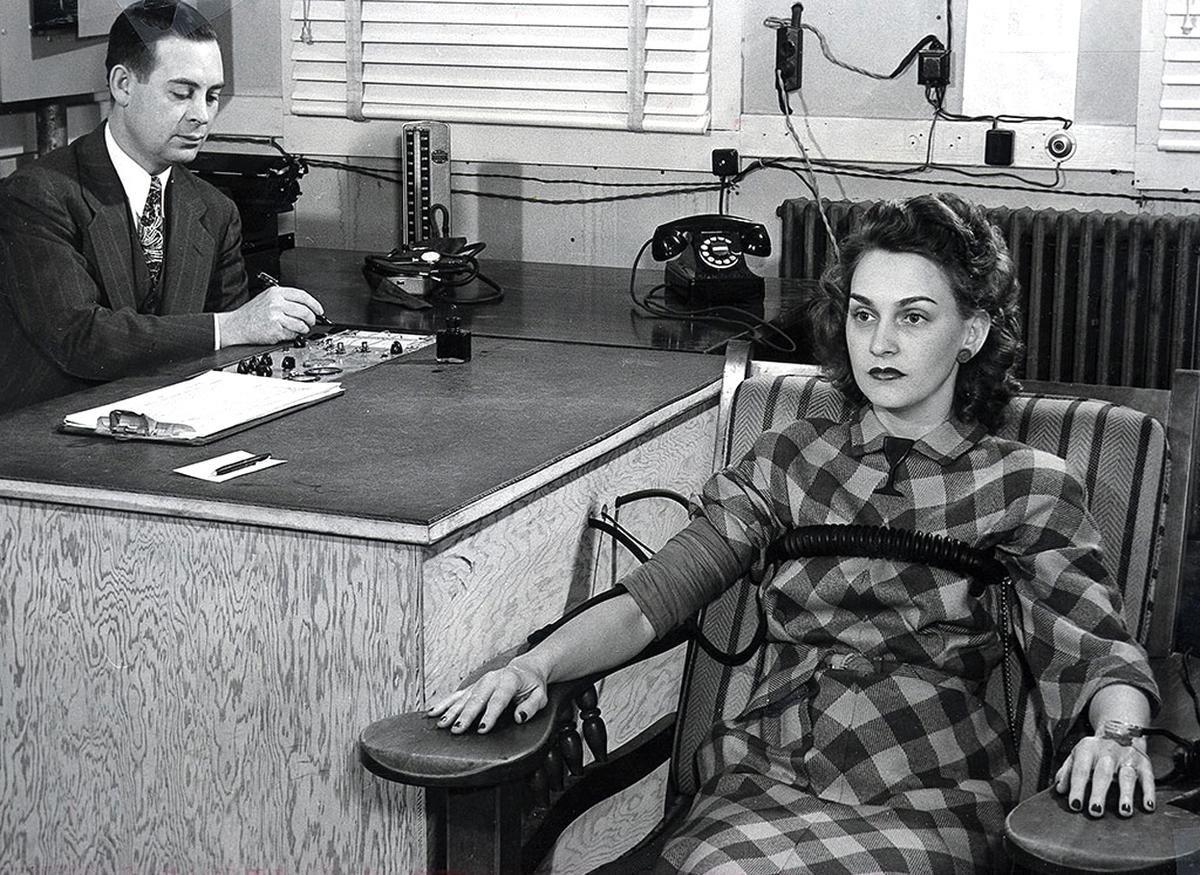
Fingerprint identification and lie detectors are well-known tools of law enforcement today, but both were quite revolutionary when they were introduced. In this week’s episode of the Futility Closet podcast we’ll describe the memorable cases where these innovations were first used.
We’ll also see some phantom ships and puzzle over a beer company’s second thoughts.
Intro:
In 1892, Bostonians realized that the architects of their new library had hidden their name in the façade.
In 1918, a California businessman built a 7,900-ton steamer out of ferrocement.
Sources for our feature on fingerprints and polygraphs:
Ken Alder, The Lie Detectors, 2007.
Jack Fincher, “Lifting ‘Latents’ Is Now Very Much a High-Tech Matter,” Smithsonian, October 1989, 201.
James O’Brien, The Scientific Sherlock Holmes, 2013.
Ian Leslie, Born Liars, 2011.
William J. Tilstone, Kathleen A. Savage, and Leigh A. Clark, Forensic Science: An Encyclopedia of History, Methods, and Techniques, 2006.
Benjamin Netanyahu, Criminal Justice: New Technologies and the Constitution, 1989.
Kenneth R. Moses et al., “Automated Fingerprint Identification System (AFIS),” in The Fingerprint Sourcebook, Scientific Working Group on Friction Ridge Analysis Study and Technology and National Institute of Justice, 2011, 1-33.
Raymond Dussault, “The Latent Potential of Latent Prints,” Government Technology, Dec. 31, 1998.
Barbara Bradley, “Fingered by the Police Computer,” Christian Science Monitor, June 9, 1988.
U.S. Office of Technology Assessment, “New Technology for Investigation, Identification, and Apprehension,” in Special Report: Criminal Justice, New Technologies, and the Constitution, May 1988.
Thanks to listener Pål Grønås Drange for suggesting the Ken Moses story.
Listener mail:
Wikipedia, “Mirage” (accessed Feb. 17, 2017).
W.H. Lehn, “The Nova Zemlya Effect: An Arctic Mirage,” Journal of the Optical Society of America 69:5 (May 1979), 776-781.
Wikipedia, “Novaya Zemlya Effect” (accessed Feb. 17, 2017).
This week’s lateral thinking puzzle was contributed by listener Tommy Honton, who sent these corroborating links (warning — these spoil the puzzle).
You can listen using the player above, download this episode directly, or subscribe on iTunes or Google Play Music or via the RSS feed at http://feedpress.me/futilitycloset.
If you have a moment, please go to podcastsurvey.net to take a very short anonymous survey about today’s episode.
Please consider becoming a patron of Futility Closet — on our Patreon page you can pledge any amount per episode, and we’ve set up some rewards to help thank you for your support.
You can also make a one-time donation on the Support Us page of the Futility Closet website.
Many thanks to Doug Ross for the music in this episode.
If you have any questions or comments you can reach us at podcast@futilitycloset.com. Thanks for listening!
